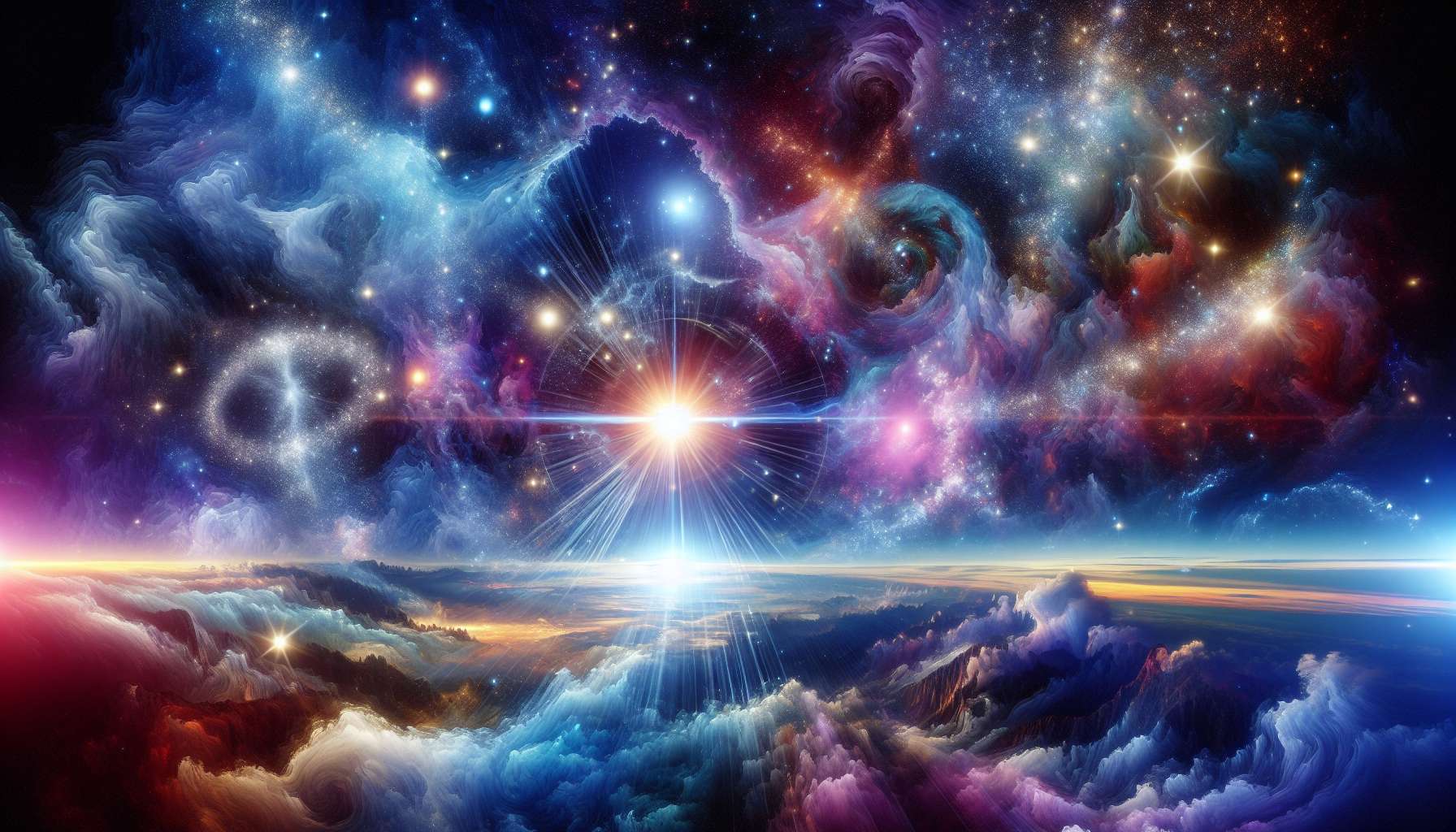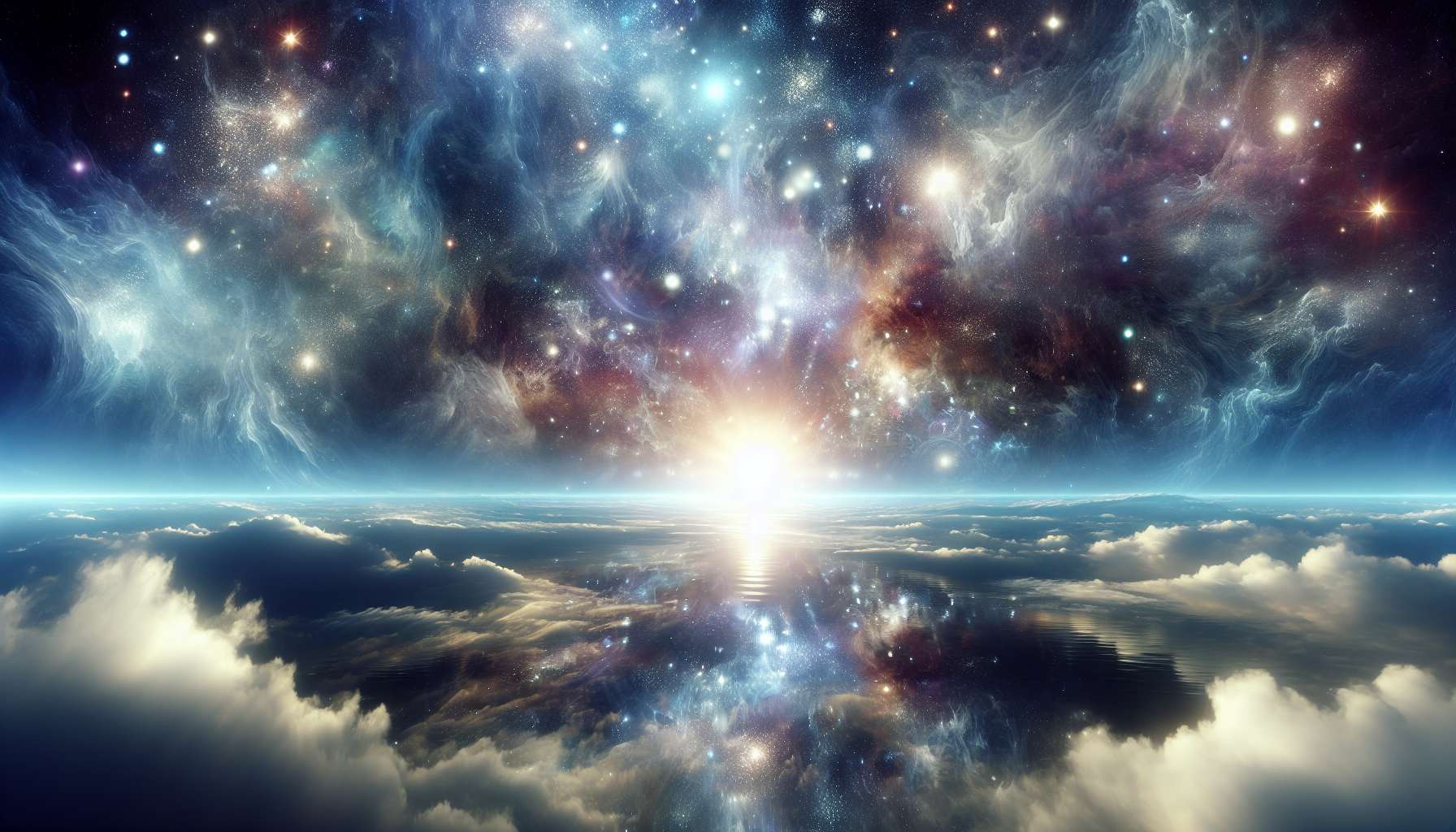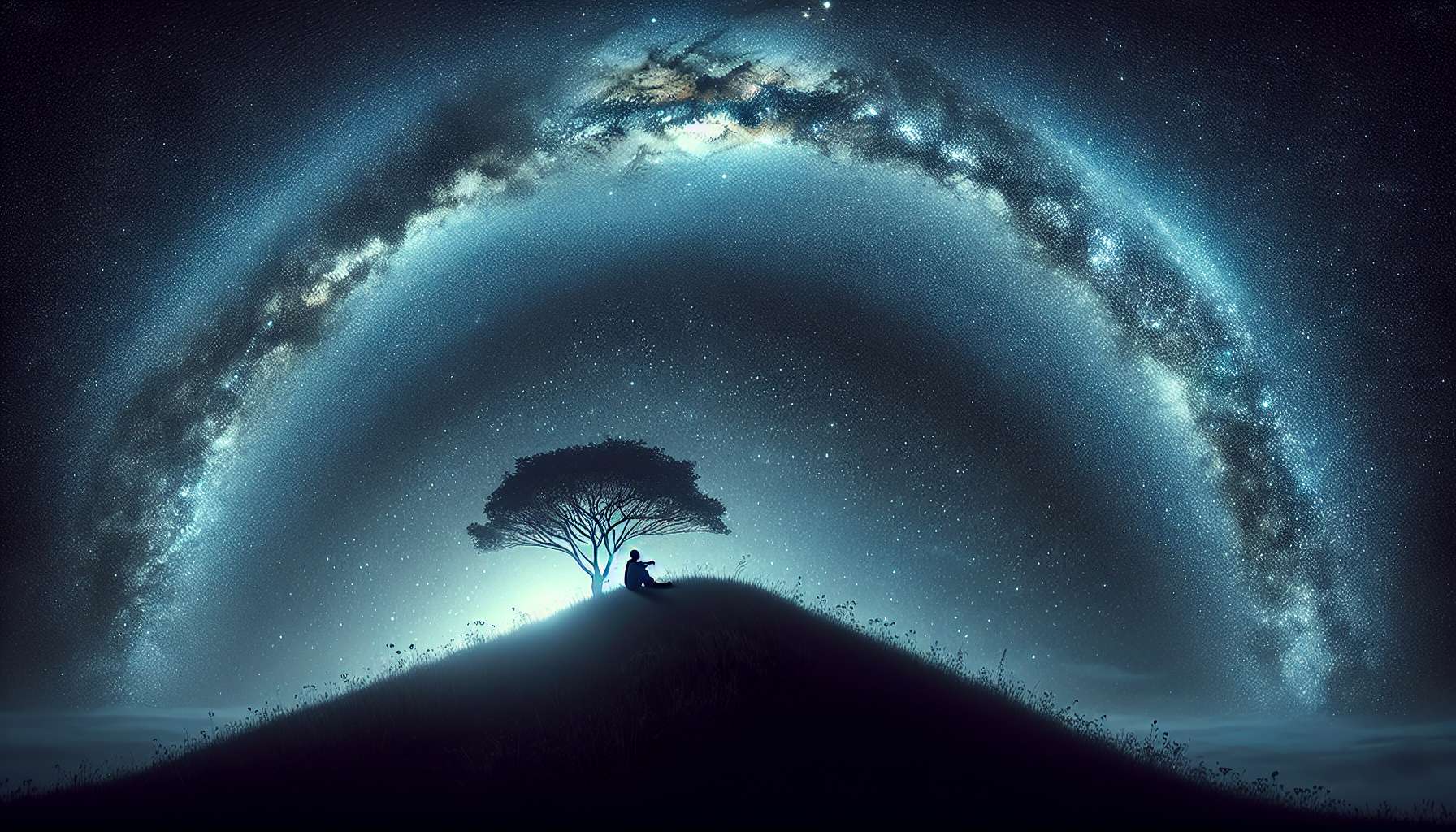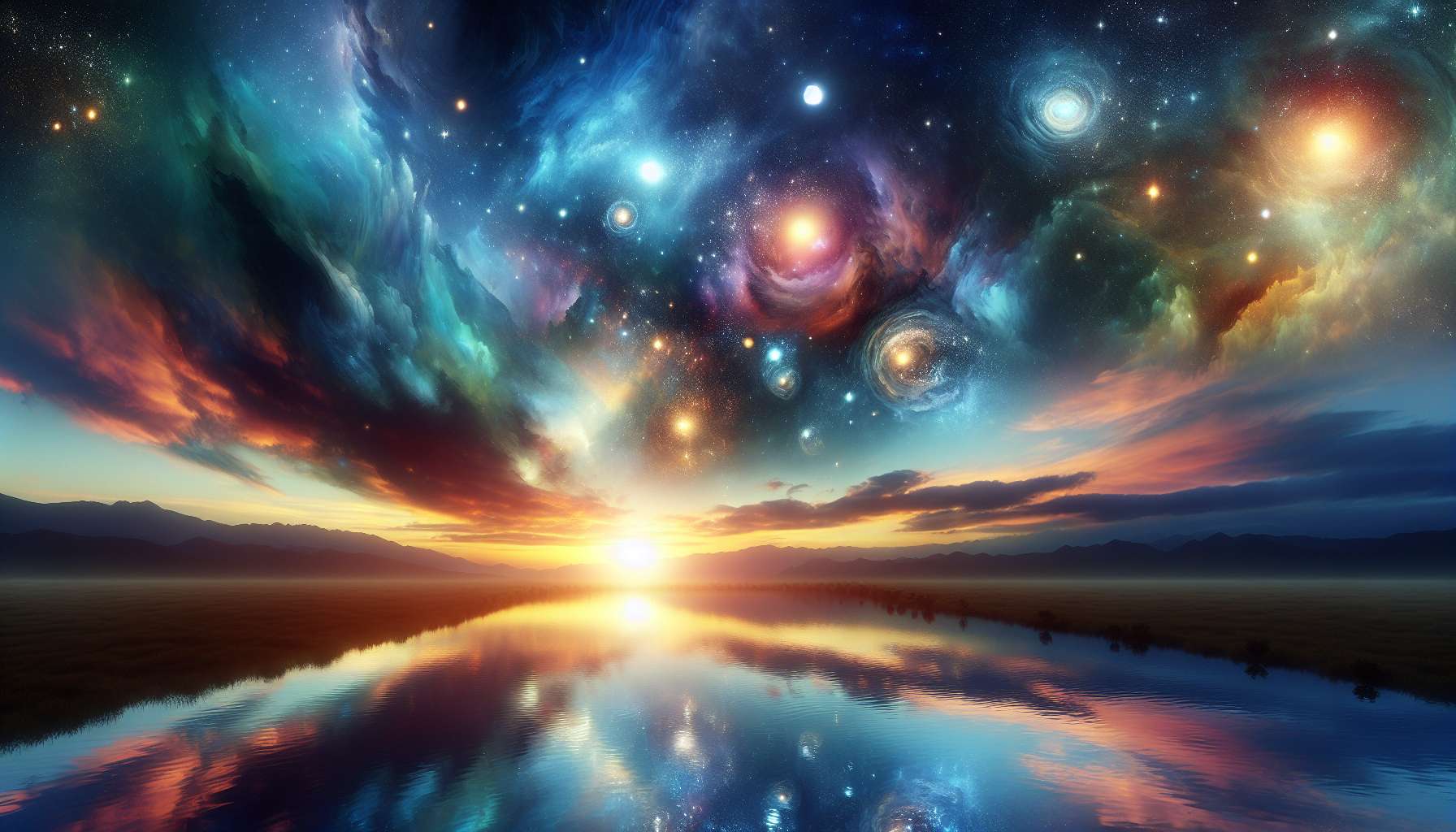The Astral Atmosphere in Art: Exploring the Mystical and Transcendent
Welcome to a realm where the boundaries between the physical and the metaphysical blur, where the celestial and the earthly intertwine in a dance of light and shadow. The astral atmosphere in art is a captivating theme that has inspired artists for centuries, drawing upon the mystical and the transcendental to create works that transport viewers to otherworldly realms. In this article, we will delve deep into the essence of the astral atmosphere in art, exploring its origins, manifestations, and impact on both the artists and the audience.
The Origins of Astral Atmosphere in Art
The concept of the astral realm, a plane of existence beyond the physical world, has its roots in ancient mystical and spiritual traditions. From the Egyptian Book of the Dead to the teachings of Plato and Aristotle, the idea of a higher, ethereal realm where the soul resides has fascinated thinkers and artists alike.
One of the earliest depictions of the astral atmosphere in art can be found in the celestial paintings of the Italian Renaissance, where artists like Botticelli and Leonardo da Vinci explored themes of divine beauty and spiritual enlightenment. These works, often commissioned by the church or wealthy patrons, sought to capture the ethereal and transcendent qualities of the divine.
The Symbolism of the Astral Atmosphere
At the heart of the astral atmosphere in art lies a rich tapestry of symbolism and allegory, with each element and motif carrying profound meaning and significance. Stars, moons, and galaxies are frequently used to evoke a sense of wonder and awe, symbolizing the vastness of the cosmos and the infinite possibilities of the universe.
Light and shadow play a crucial role in creating the ethereal atmosphere of astral art, with artists using these elements to convey the interplay between the physical and the metaphysical, the seen and the unseen. The use of vibrant colors and shimmering textures further enhances the otherworldly quality of these works, inviting viewers to lose themselves in a realm of pure imagination.
The Influence of Technology on Astral Atmosphere Art
In the modern era, advancements in technology have revolutionized the way artists explore the astral atmosphere in their work. Digital art, virtual reality, and interactive installations have opened up new possibilities for creating immersive and transcendent experiences that push the boundaries of traditional artistic mediums.
One notable example of this is the work of artist James Turrell, whose light and space installations create ethereal environments that challenge viewers’ perceptions of reality. By using light as a medium, Turrell invites audiences to explore the boundaries between the physical and the metaphysical, the tangible and the intangible.
Controversies and Debates Surrounding Astral Atmosphere Art
While the astral atmosphere in art has captivated audiences for centuries, it has also sparked controversies and debates within the artistic community. Some critics argue that the emphasis on the mystical and the transcendental in art detracts from more pressing social and political issues, relegating art to a mere escape from reality.
Others, however, see the astral atmosphere as a powerful tool for introspection and self-discovery, a means of transcending the limitations of the physical world to explore deeper truths about the human experience. By tapping into the universal themes of love, loss, and transformation, artists can create works that resonate with audiences on a profound emotional level.
Expert Opinions on Astral Atmosphere in Art
Renowned artist Marina Abramovi once said, “Art is not about decorating walls, but about taking people on a journey into the unknown.” This sentiment captures the essence of the astral atmosphere in art, which seeks to transport viewers beyond the confines of the everyday to a realm of mystery and wonder.
Contemporary artist Olafur Eliasson, known for his immersive installations that play with light and space, believes that art has the power to transform our perception of the world around us. By creating environments that evoke the astral atmosphere, artists can inspire a sense of awe and curiosity in audiences, prompting them to question their place in the universe.
Conclusion: Embracing the Mystical and Transcendent
In conclusion, the astral atmosphere in art offers a gateway to the unknown, a portal to the mysteries of the cosmos and the depths of the human soul. By exploring themes of divinity, transcendence, and the ethereal, artists can create works that resonate with audiences on a profound emotional and spiritual level.
As we journey through the astral atmosphere in art, let us open our minds and hearts to the infinite possibilities that lie beyond the physical world. Let us embrace the mystical and the transcendent, allowing ourselves to be transported to otherworldly realms where the boundaries between reality and imagination dissolve.
To wrap things up, the astral atmosphere in art invites us to explore the vastness of the cosmos and the depths of our own souls, challenging us to question our place in the universe and the meaning of our existence. Let us, therefore, continue to seek out the transcendent in art and in life, embarking on a journey of discovery and enlightenment that knows no bounds.
Let the astral atmosphere in art inspire us to dream, to wonder, and to soar beyond the limits of the known into the limitless expanse of the unknown.




